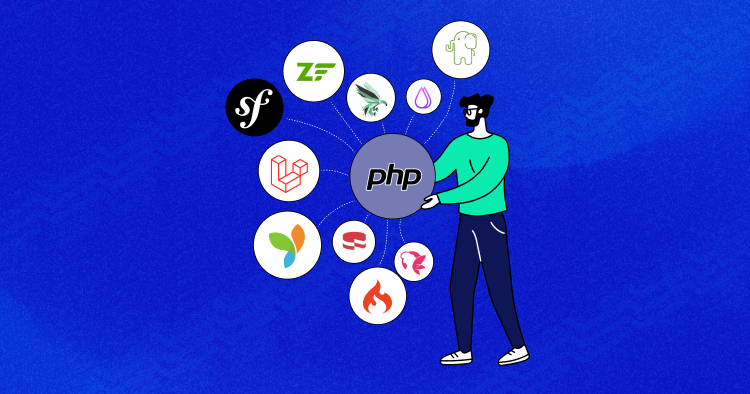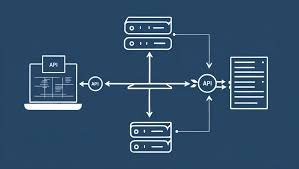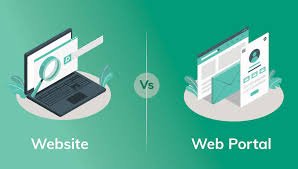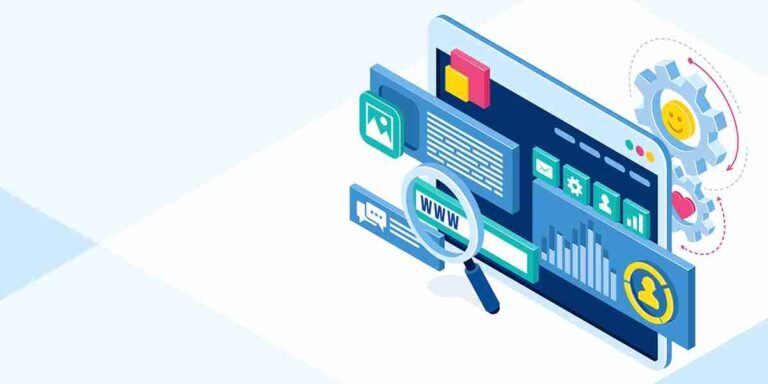How to Choose the Right PHP Framework for Your Project

Choosing the right PHP framework is a critical decision that influences the success of your web development project. With various options like Laravel, Symfony, and CodeIgniter available, each offering unique features and benefits, making the right choice can be daunting. This guide will help you evaluate PHP frameworks based on your project’s requirements, ensuring you pick the best fit.
Selecting the right PHP framework is essential for building efficient, scalable, and maintainable web applications. Each PHP framework comes with specific strengths, making it suitable for certain types of projects. Here’s a comprehensive guide to help you make an informed decision:
1. Understand Your Project Requirements
- Determine the size and complexity of your project.
- Identify the features and functionality your application needs.
- Decide whether your project requires high scalability or rapid development.
2. Popular PHP Frameworks and Their Use Cases
- Laravel: Best for large-scale web applications and projects requiring robust features like authentication and database migrations.
- Symfony: Ideal for enterprise-level projects with a need for advanced customization and flexibility.
- CodeIgniter: A lightweight framework suitable for small to medium-sized projects.
- Zend Framework: Great for complex applications needing high performance and extensibility.
- CakePHP: Best for projects needing rapid development with built-in tools.
3. Factors to Consider When Choosing a Framework
- Ease of Use: Ensure the framework has clear documentation and a shallow learning curve.
- Community Support: Opt for frameworks with active communities and frequent updates.
- Performance: Evaluate the framework’s performance under high traffic and data loads.
- Security: Look for built-in features like CSRF protection, input validation, and authentication.
- Compatibility: Check if the framework is compatible with your hosting environment and databases.
- Development Speed: Choose a framework that simplifies and accelerates development tasks.
4. Evaluate the Framework’s Ecosystem
- Check for pre-built modules, plugins, and extensions that can speed up development.
- Ensure compatibility with third-party tools and libraries.
5. Scalability and Long-Term Maintenance
- Choose a framework that supports future scaling as your project grows.
- Ensure the framework offers easy maintainability for long-term use.
6. Conduct a Proof of Concept
- Test the framework with a small project or prototype before full-scale implementation.
7. Learn from Industry Experience
- Analyze case studies or testimonials of successful projects using the framework.
8. Popular Combinations
- Laravel with Vue.js for full-stack development.
- Symfony with React for enterprise applications.
By carefully evaluating your project’s needs and the unique offerings of various PHP frameworks, you can make a choice that sets your project up for success.














